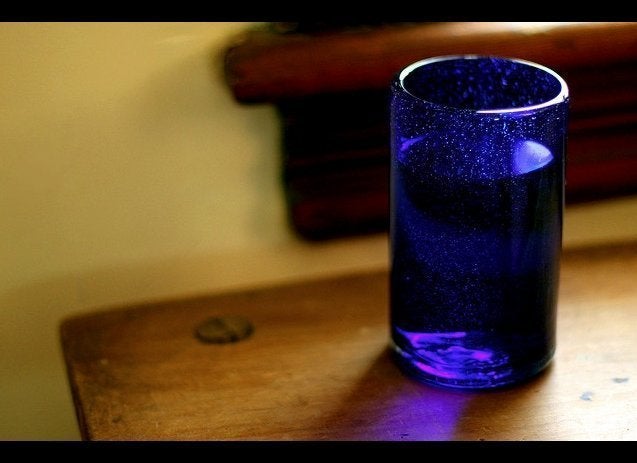
At least one man is dead and numerous others were hospitalized because of the heat wave that swept over southwestern parts of the United States this weekend, bringing temps in Death Valley National Park up to anywhere from 128 to 129.9 degrees Fahrenheit, according to news reports.
The elderly man who died was found in a home without air conditioning, The New York Times reported.
The Washington Post also reported that six people running a South California half-marathon required hospitalization because of the heat, and The New York Times said that more than 200 needed medical attention -- 34 of whom required hospitalization -- because of heat-related issues at an outdoor concert.
Heat waves are dangerous: NBC News reported on the latest Centers for Disease Control and Prevention figures, which showed that there were 7,200 deaths from extreme heat exposure between 1999 and 2009, with a big proportion occurring in Texas, Arizona and California.
LiveScience explained that an area is considered to be experiencing a heat wave when the temperatures are above normal for the region for at least four days in a row. When this occurs, a person is at higher risk for heat illness -- symptoms of which include thirst, muscle cramping, feelings of fatigue and excessive sweating, the National Institutes of Health reported. This can lead to heat exhaustion, which includes symptoms of dark-colored urine, dizziness and headache, weakness and even nausea. Heatstroke is the most serious of the heat-related conditions, and occurs officially when a person's body temperature climbs to at least 104 degrees Fahrenheit. It can lead to organ damage and even death. For first aid advice for any of these three heat conditions, click here to visit the NIH's page.
According to the Arizona Department of Health Services, the people most at risk for health problems from heat include elderly adults (ages 65 and older), kids and babies, people who spend time working or exercising outdoors, people who are homeless, and people with certain medical conditions or who are on certain medications. To prevent heat stroke, make sure to stay indoors in air conditioning during high temperature periods, and try to avoid going outside when it's expected to be the hottest (during midday). Taking cold showers, wearing light clothing, staying hydrated (but avoiding alcohol) and making sure to check on at-risk people are also ways to stay safe in a heat wave, the Arizona Department of Health Services said.
The Centers for Disease Control and Prevention noted that people whose water intake is limited by their doctor for medical reasons should check with him or her about the best way to stay hydrated during a heat wave.
It's important to note that it's not just the heat that is dangerous during a heat wave -- high humidity coupled with the heat can also be dangerous because "a person will be sweating but the sweat won't be drying on the skin," Mike McGeehin, who is the director of the Environmental Hazards and Health Effects Program at the CDC, told Scientific American. Similarly, heat waves that don't relent in the evening hours -- meaning the temperatures stay high even overnight -- can be dangerous as "the body becomes overwhelmed because it doesn't get the respite that it needs."
Unfortunately, more heat waves are likely to come, experts note. NBC News reported in June that climate change brings on longer, hotter summers, as well as more storms, George Luber, of the CDC, told NBC News:
Weather experts stress that it's impossible to say whether any individual storm or heat wave was caused by climate change. But the patterns are clearly changing and that can certainly be attributed to climate change, Luber says. "The sheer magnitude of these weather events are a challenge to public health," Luber says.
